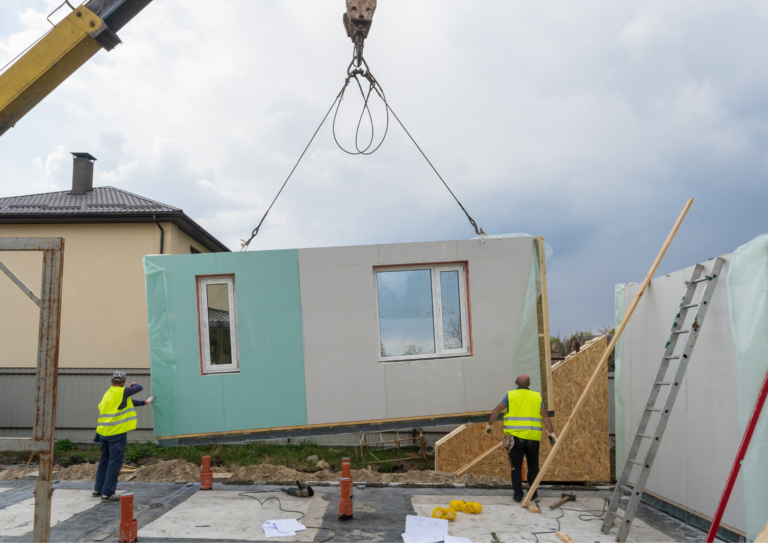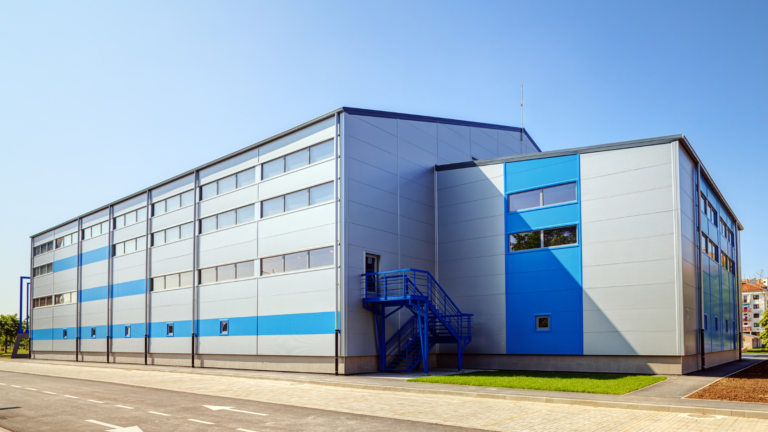Society relies heavily on infrastructure to deliver services like transportation, energy, water, and communication. However, maintaining the reliability, safety, and efficiency of aging infrastructure poses challenges. This is where infrastructure life cycle management comes in. By following industry practices in lifecycle management organizations can enhance the performance, lifespan, and value of their infrastructure assets. In this article, we will delve into principles and approaches for infrastructure lifecycle management.

Exploring Infrastructure Life Cycle Management:
Infrastructure lifecycle management covers the journey of an infrastructure asset. From planning and design to construction, operation, maintenance, and eventual decommissioning. The aim is to maximize the asset’s worth and usefulness while minimizing costs and risks over its lifespan. Strategic decision-making, data-driven analysis, and proactive maintenance are components of lifecycle management to ensure that infrastructure assets meet performance standards adhere to regulations, and satisfy stakeholder expectations throughout their lifecycle.
Practices in Infrastructure Life Cycle Management:
1. Inventory of Assets and Condition Assessment
The initial phase in infrastructure life cycle management involves creating an inventory of infrastructure assets along with evaluating their condition.
Gathering information, about where assets are, how old they are their condition, and how well they’re performing is important. Organizations can make decisions, about maintenance and investments by knowing the condition of their assets and focusing on areas of risk and importance.

2. Lifecycle Planning and Budgeting
Organizations must engage in long-term planning and budgeting to manage the lifecycle of assets efficiently. It is crucial to anticipate needs and allocate resources accordingly. Strategic asset management plans should be developed to outline goals, objectives, and performance targets throughout the asset lifecycle. Budgets must align with these plans to ensure funding, for maintenance, renewal, and replacement activities.

3. Risk Assessment and Mitigation
Identifying threats to infrastructure assets through risk assessment is essential for developing mitigation strategies that can minimize their impact. This involves analyzing risks associated with aspects such as aging, deterioration, climate change, natural disasters, and regulatory compliance. Proactively addressing these risks enables organizations to reduce the chances of failures and disruptions in service delivery.

4. Performance Monitoring and Optimization
Monitoring asset performance continuously is vital for identifying inefficiencies, defects, and opportunities for enhancement. Organizations should implement monitoring systems and performance indicators to track metrics like reliability, availability, capacity, and safety. By analyzing performance data effectively, organizations can optimize asset utilization levels, minimize downtime, and improve service quality.

5. Lifecycle Maintenance and Renewal
Regular maintenance routines and timely renewals are crucial for maintaining the integrity and functionality of infrastructure assets over time. Organizations need to create maintenance schedules and renewal strategies based on factors such, as asset condition evaluations usage patterns, and risk assessments. Regular maintenance tasks, like inspections, repairs, and enhancements can help prolong the life of equipment and lower overall expenses over time.

6. Technology Integration and Innovation
Utilizing technology and fostering innovation can significantly improve the efficiency and effectiveness of managing infrastructure throughout its lifecycle. Organizations are encouraged to incorporate tools, like asset management software, Geographic Information Systems (GIS), and Remote sensing technologies to simplify data collection, analysis, and decision-making processes. The introduction of cutting-edge technologies such as analytics, artificial intelligence, and Internet of Things (IoT) sensors presents opportunities for proactive maintenance and asset optimization.

7. Stakeholder Engagement and Collaboration
Successful management of infrastructure over its lifespan relies on engaging stakeholders and promoting collaboration among parties including government entities, utilities, contractors, engineers, and the local community. Organizations must involve stakeholders from the outset to gather feedback exchange information and address any concerns related to infrastructure initiatives. Collaborative partnerships can facilitate the sharing of knowledge, resources, and problem-solving efforts that ultimately lead to project outcomes.
Managing infrastructure throughout its lifecycle is vital for ensuring the sustainability, resilience, and performance of infrastructure assets in the run. By implementing practices in lifecycle management strategies organizations can optimize their investment value proposition while improving service delivery to meet society’s changing needs effectively. From inventorying assets and planning activities to monitoring performance levels and conducting maintenance tasks efficiently requires an approach involving planning efforts driven by data insights along, with interdisciplinary collaboration. By following these principles companies can. Uphold systems that promote economic progress improve living standards and encourage long-term sustainable growth, for future generations.
Brickborne believes in accuracy and time construction without wastage of resources. We believe in economical and sustainable construction. With the advancing world, software is here to assist us in the construction field. Brickborne provides construction drawings as per codes of the region, 3D modeling, rendering, and animation walkthroughs of both interior and exterior, and quantity surveying and cost estimation. Choose us to change your dreams into reality as we say, Brickborne- We Design Your Ideas!





